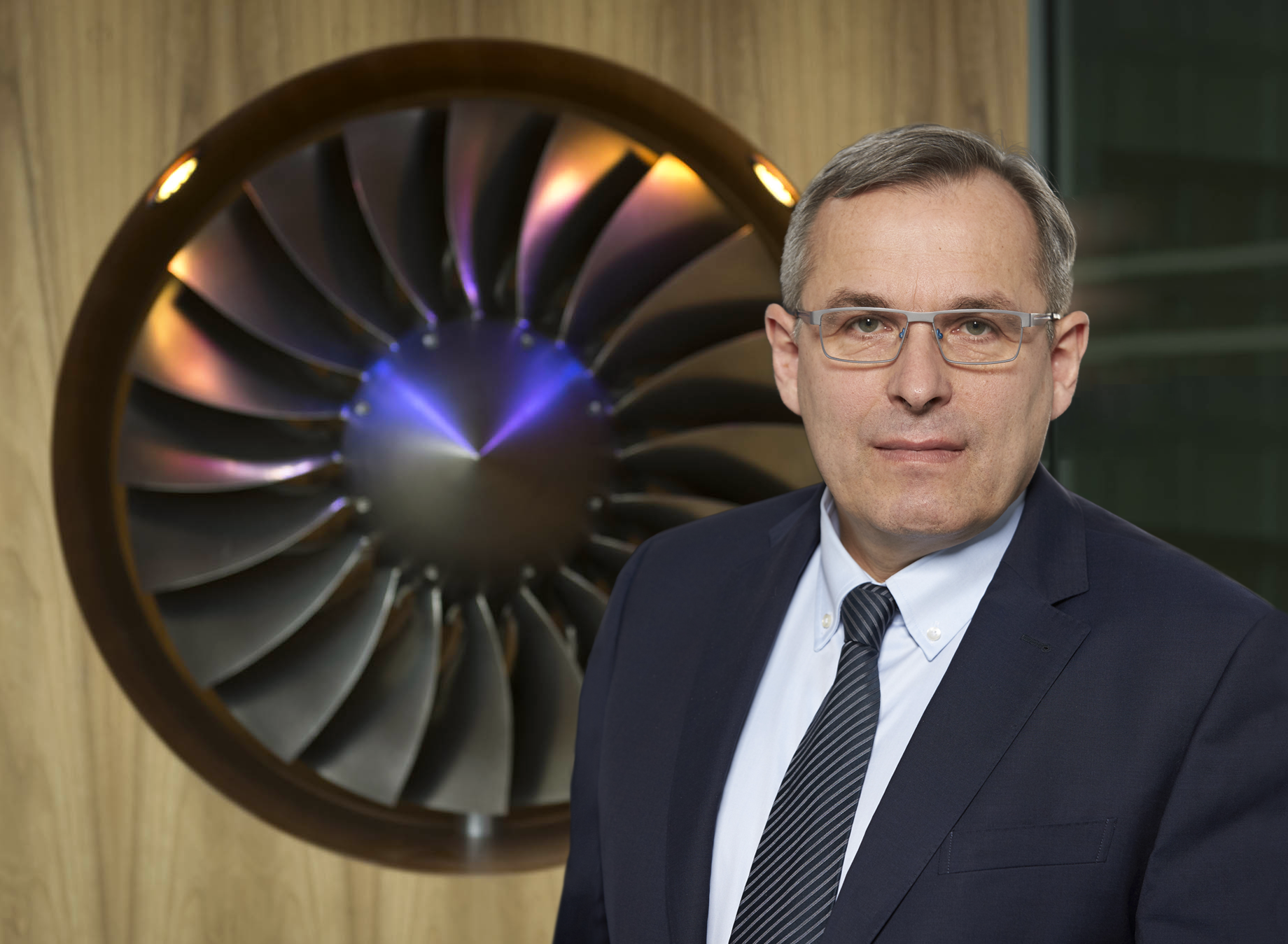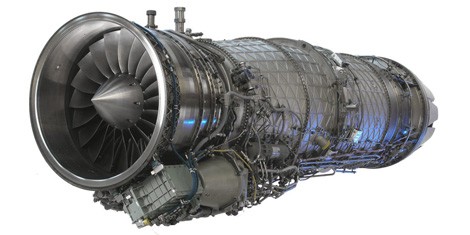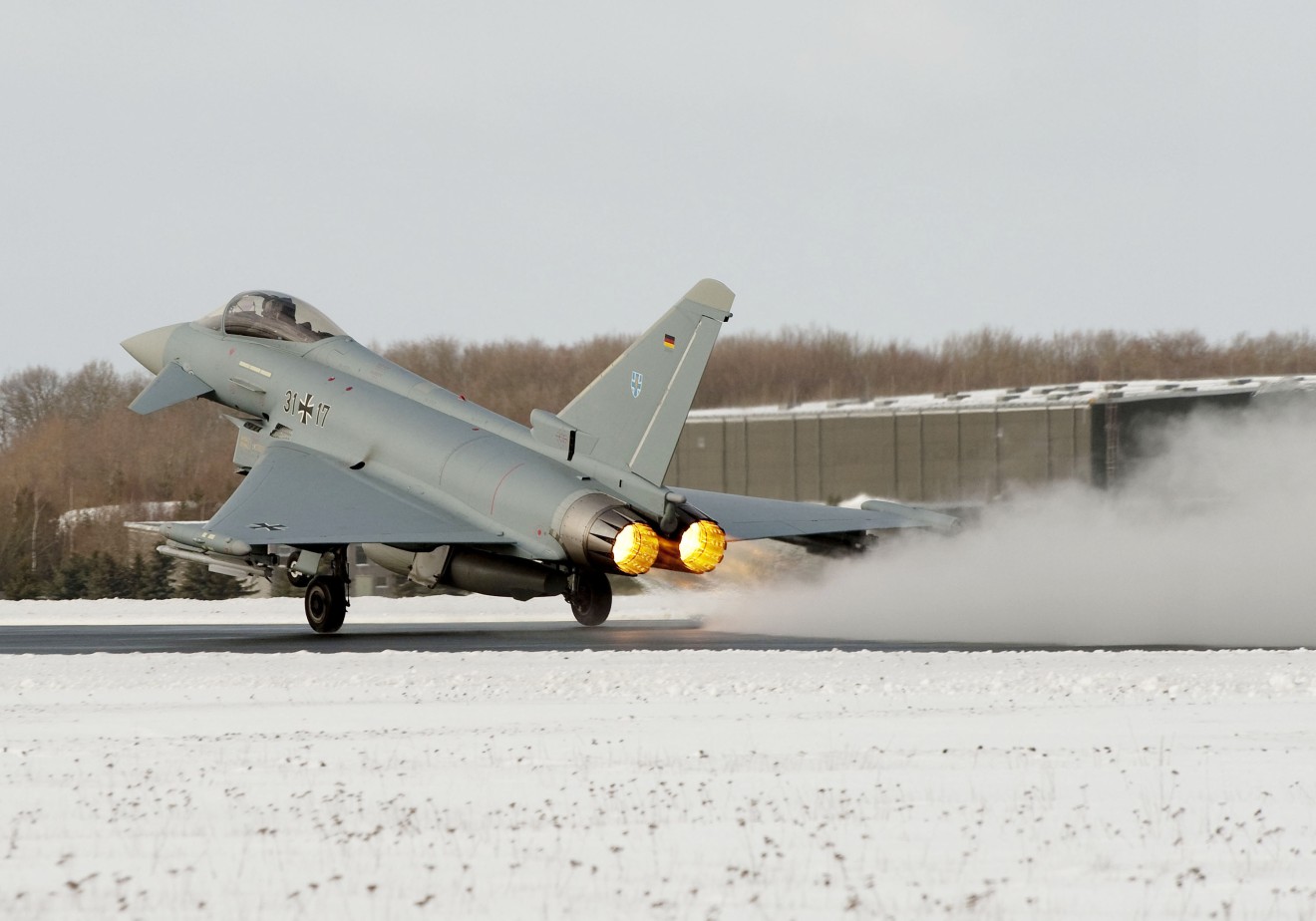
The power behind Eurofighter is the twin EJ200 engines. Each delivers world-class performance for the Eurofighter platform which is one of the reasons why the aircraft is loved by pilots.
“Its handling and flexibility are unrivalled,” says EUROJET CEO Gerhard Bähr. “The feedback we receive from our customers constantly references the unprecedented reliability and high performance of the Eurofighter propulsion system.”
Gerhard’s words are supported by the numbers:
The total fleet engine flying hours are already above 1.3 million and the leading engine in the fleet now has more than 2,500 flying hours.
The mean time between the removal is more than 1,200 engine flight hours, which is outstanding for fighter engines.
The in-flight shut down, based on a 12-month rolling report, is below 0.01 per 1,000 engine flight hours.
“These facts are the reasons why the EJ200 has earned such a tremendous reputation,” says Gerhard, who became CEO of EUROJET in July 2020, after a career with MTU, where most recently he was responsible for the company’s military MRO and production plant in Erding, Germany. “The engine is ‘the’ benchmark in terms of reliability and performance.”
The third key characteristic that the engine has proved over its time in service is its ease of maintenance. Living with the EJ200 is straightforward for Eurofighter customers, with repairs only required on an ‘on condition’ basis rather than the more typical fixed maintenance schedule used by traditional fighter engines. An in-built health monitoring system gives intelligent focused guidance to the maintainers.
Gerhard says: “With the EJ200 maintainers can be selective because of its 15 fully interchangeable modules. The scope of repair works can be limited to primary and secondary causes. In fact, a number of the modules on the engine can be repaired without the need of a further test run.”
Its compression system combines high-tech aerodynamics to provide the performance, but it is tolerant to Foreign Object Damage (FOD) too. The ‘blisk’ design — the blade and the disk combined — helps makes the EJ200 a very capable, robust engine and one that is more cost efficient to live with than many of its competitors.
It looks destined to stay that way too. Just as there are studies into potential enhancements for the Eurofighter platform, there are closely aligned studies looking at the engine too. These are looking specifically at increasing thrust, reducing fuel consumption, improved life cycle costs and bridging to a future combat air system as a side effect.
“We are closely integrated with Eurofighter,” says Gerhard. “For example, if the aircraft capability enhancements bring new systems and heavier weapons loads it would need more thrust in order to keep the same thrust-to-weight ratio and restore the aircraft’s performance and agility.
“The next generation weapons systems, which are being developed in Europe, will undoubtedly require tomorrow's technology on the engine side. But a capability enhancement of the EJ200 could potentially be a bridge to tomorrow's technologies. Such a long-term evolution of the engine would keep the Eurofighter propulsion system state of the art well into the next decades. This is key for the nations which are already planning to operate this weapon system beyond the mid of the century."

But Gerhard is clear that the current EJ200 still represents the most modern technology engine. He says: “Because of the way the engine architecture has been designed there is no need to re-invent the EJ200 but there are certain aspects around the engine controls and the engine hardware mechanics where we can insert technology improvements on system level or in specific modules, like a two-parametric nozzle or the Low Pressure Compressor.
As it stands today, the EJ200 still represents leading edge technology keeping the Eurofighter-Typhoon platform a world class European fighter system for existing and potential future customers.”
Gerhard, who started his career as a Development and Test Engineer with MTU and later had a stint in the United States working on various programmes including military programs, became CEO of EUROJET last summer when Europe had already gone into lockdown. He said: “Taking over in the middle of the Covid pandemic restrictions was unusual as 80 percent of my team were working from home. Obviously, it limited business travel to meet customers which isn’t ideal, but it could not be avoided. That said, it’s an exciting time to join the business.”
